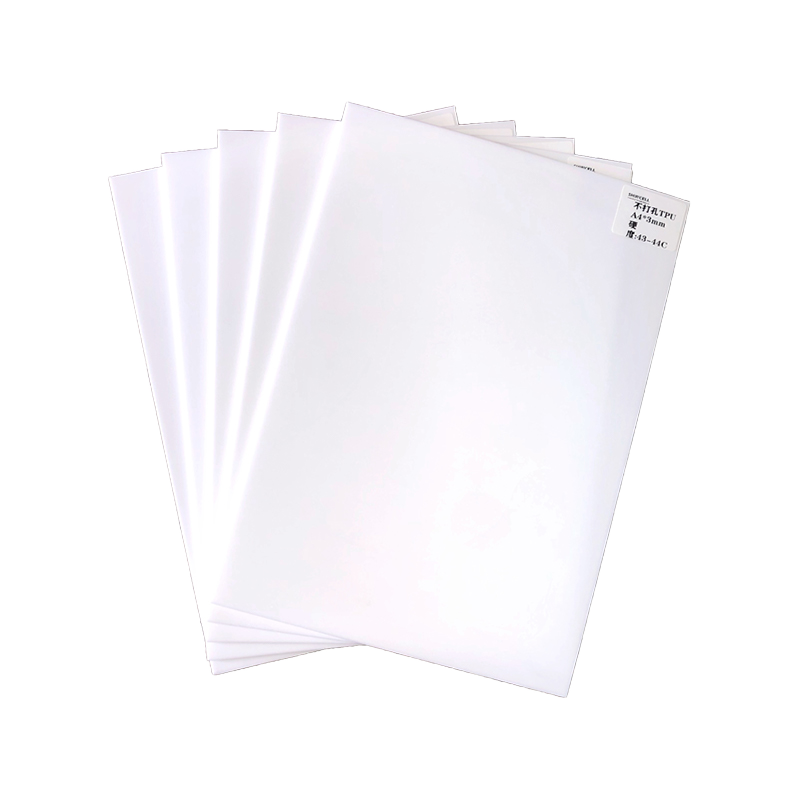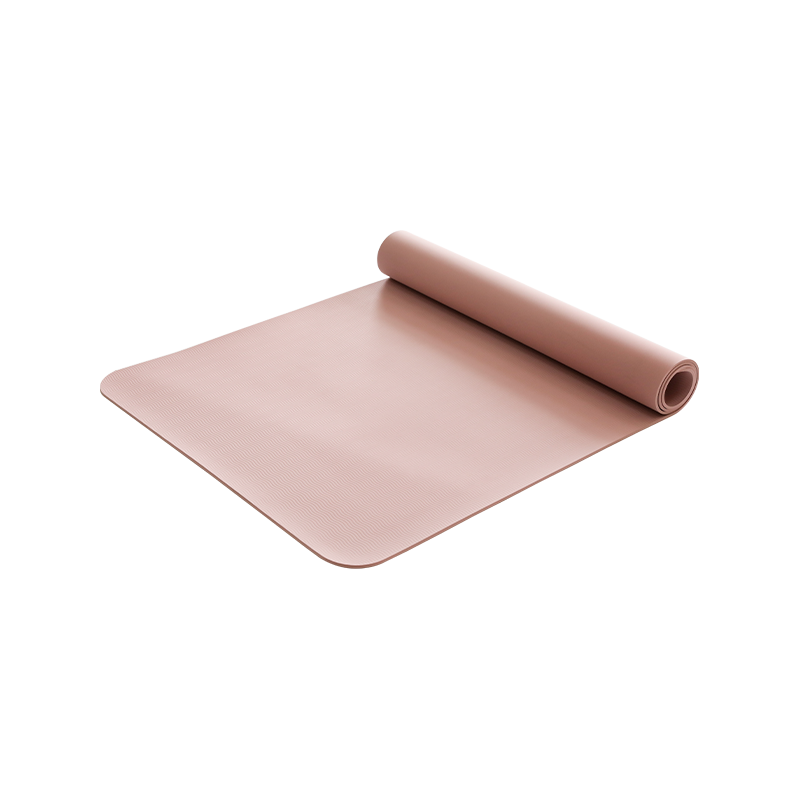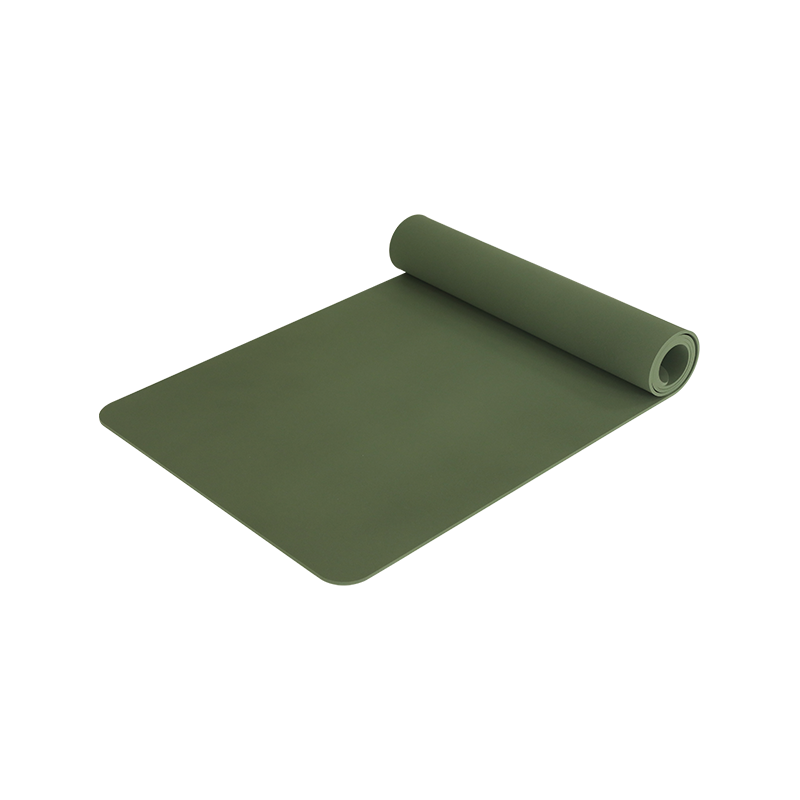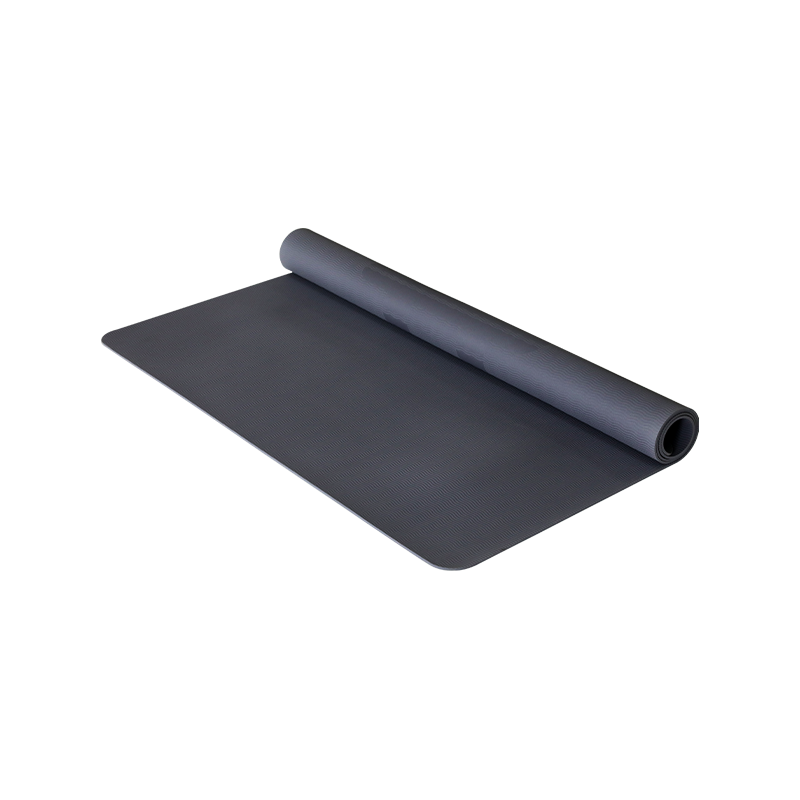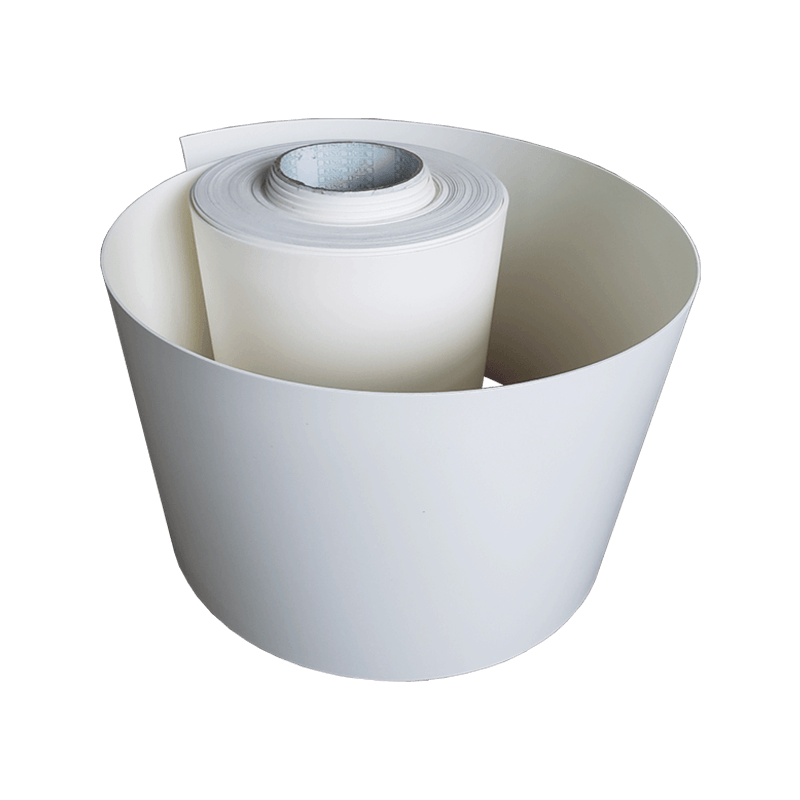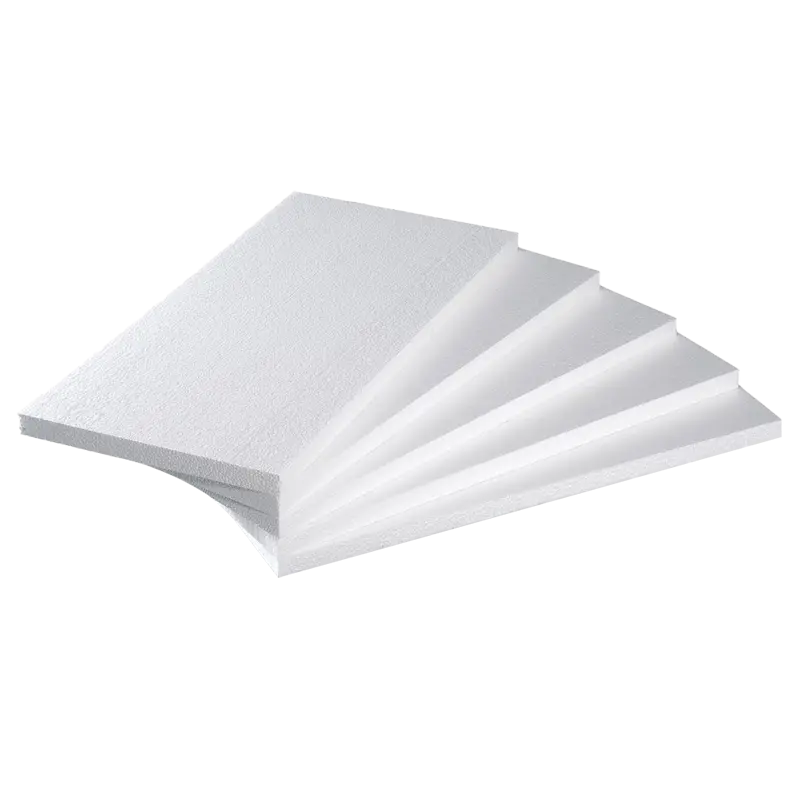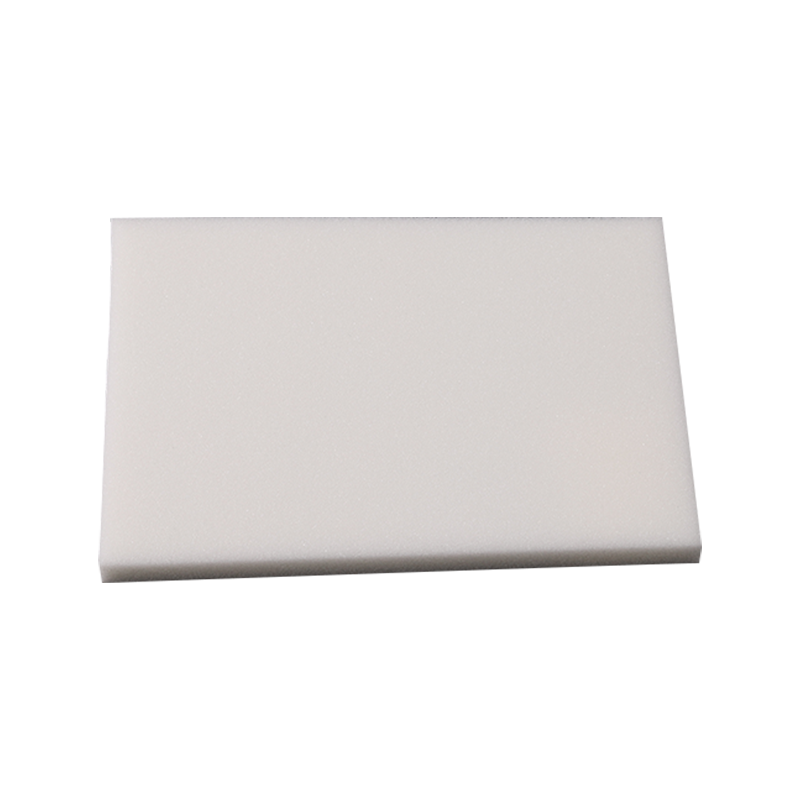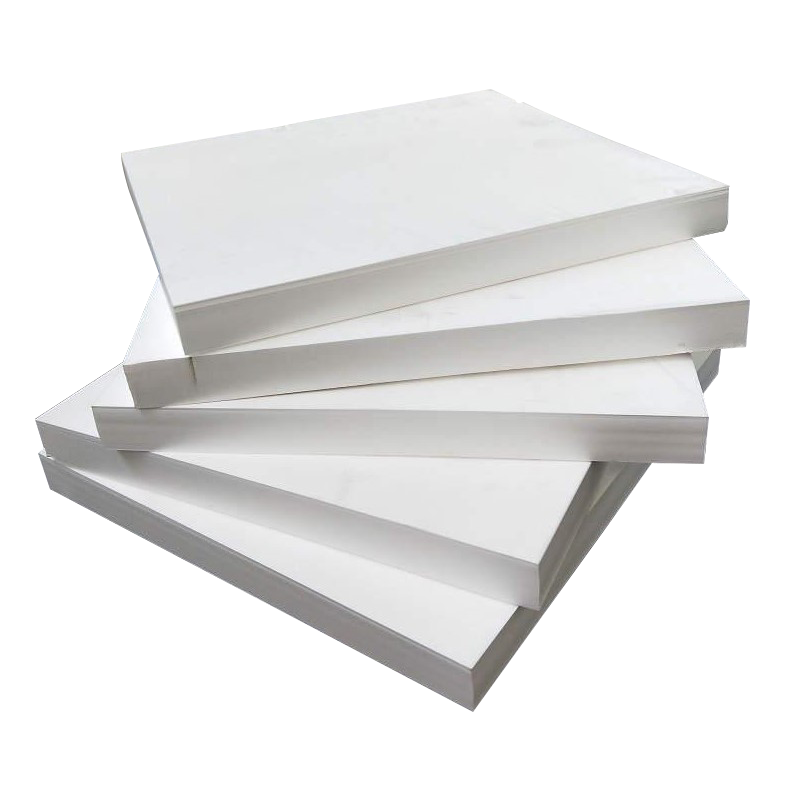Home / News / Why does M-TPEE foam sheet achieve zero-pollution foaming?
In the field of materials engineering, how to achieve green manufacturing while maintaining high performance has always been the core proposition explored by scientific research and industry. As a new generation of polymer materials, M-TPEE foam sheet provides a breakthrough solution for the industry with its innovative zero-pollution foaming process. This unique process, which uses thermoplastic polyester elastomer (TPEE) as the basic raw material and supercritical carbon dioxide as the foaming agent, avoids the environmental risks brought by traditional chemical foaming agents from the root and redefines the green production standards of foam materials.
TPEE as a basic raw material, its unique molecular chain structure gives M-TPEE foam sheet excellent comprehensive properties. This block copolymer is composed of alternating rigid polyester segments and flexible polyether segments. In the solid state, the rigid segments form crystalline micro-regions through physical cross-linking, providing the material with high strength and dimensional stability; while the flexible segments give it good elasticity and flexibility. This kind of rigid and flexible molecular structure enables M-TPEE foam sheets to maintain excellent mechanical properties after foaming. Whether it is tensile strength, tear resistance or resilience, it is significantly better than ordinary foam materials, laying a solid foundation for subsequent applications.
The application of supercritical carbon dioxide as a foaming agent is the key to the clean production of M-TPEE foam sheets. When carbon dioxide is in a supercritical state (temperature 31.1℃, pressure above 7.38MPa), it has both the diffusivity of gas and the solubility of liquid, and can quickly penetrate into the TPEE matrix. During the foaming process, by controlling the changes in temperature and pressure, supercritical carbon dioxide forms uniformly dispersed tiny bubble nuclei in the TPEE matrix. As the system pressure decreases, the bubble nuclei expand rapidly, forming a large number of uniformly distributed microporous structures in the matrix. Compared with traditional chemical foaming agents, supercritical carbon dioxide will completely escape the material system in a gaseous form after foaming, without any chemical substances remaining, eliminating the generation of harmful by-products from the source, and truly realizing the green and harmless foaming process.
The zero-pollution foaming process of M-TPEE foam sheets not only significantly reduces the environmental load of the production process, but also brings unique material performance advantages. Due to the uniform diffusion characteristics of supercritical carbon dioxide, the microporous structure formed by foaming is highly uniform, the pore size is controllable and the distribution is narrow. This fine microstructure enables M-TPEE foam sheets to have excellent buffering energy absorption performance and heat and sound insulation while maintaining lightweight properties. Since no chemical additives are introduced during the entire foaming process, the chemical stability of the material is guaranteed, and it performs well in terms of aging resistance and chemical corrosion resistance, effectively extending the service life of the product.
From the perspective of materials science, the zero-pollution foaming process of M-TPEE foam sheets breaks through the limitations of traditional foaming technology and achieves a dual improvement in material performance and environmental benefits. The successful application of this innovative process not only opens up a new path for the green production of foam materials, but also provides a reference example for the sustainable development of the field of polymer materials. As the world pays more and more attention to environmental protection and the demand for high-performance green materials continues to grow, M-TPEE foam sheets, with their unique zero-pollution foaming process and excellent comprehensive performance, will surely play an important role in more fields and promote related industries to move towards a green, low-carbon and sustainable direction.


 English
English
 Español
Español

 ++86-0512-66079229
++86-0512-66079229
